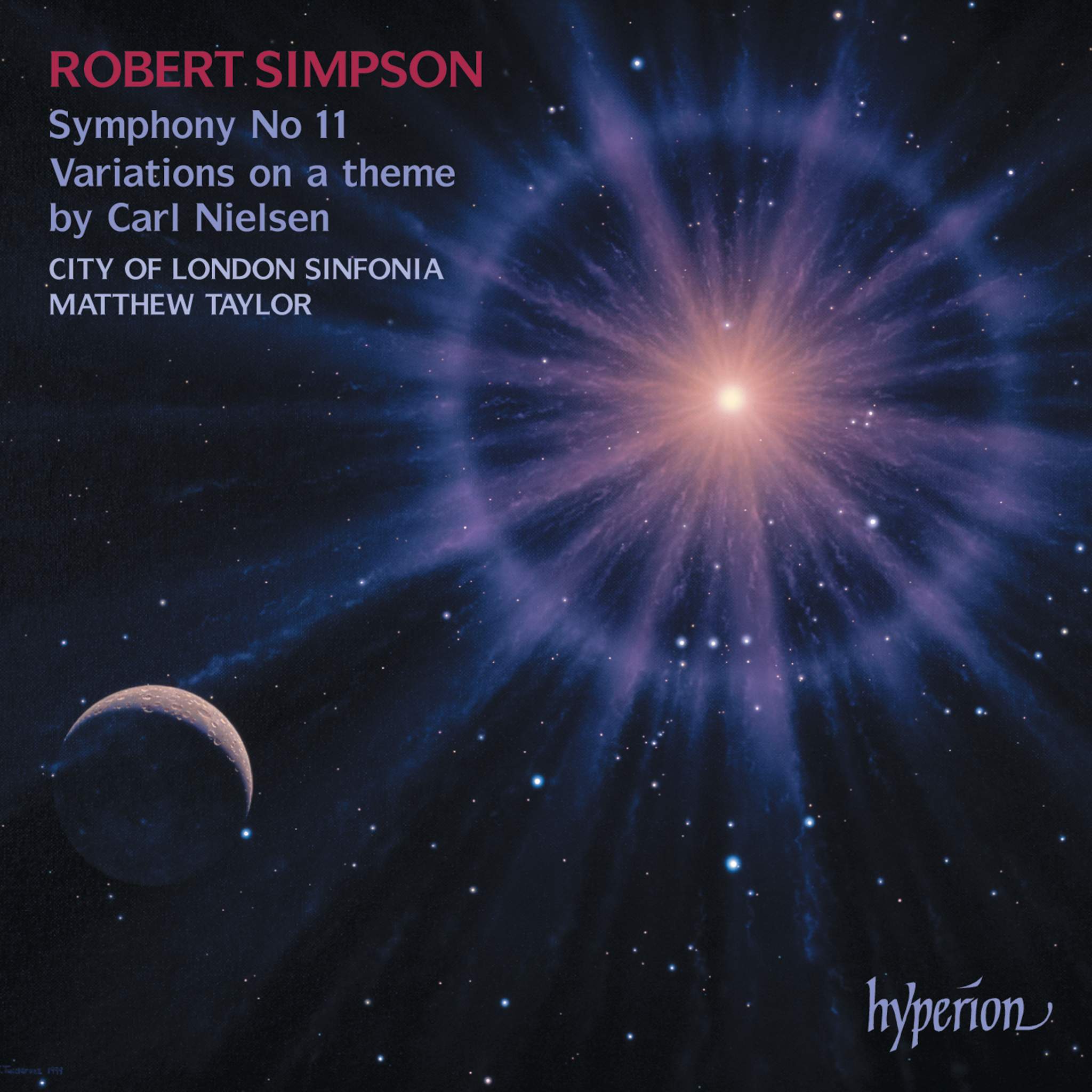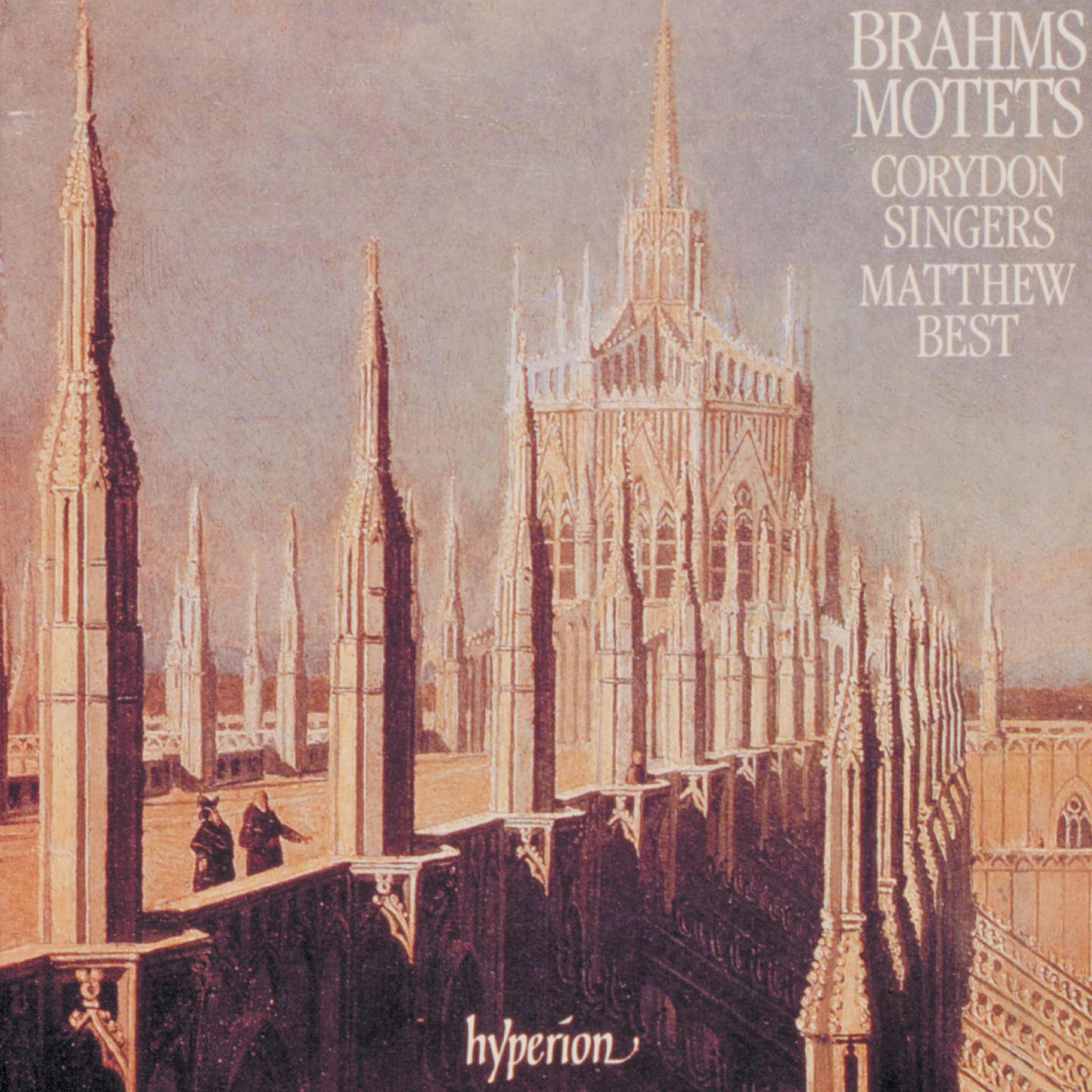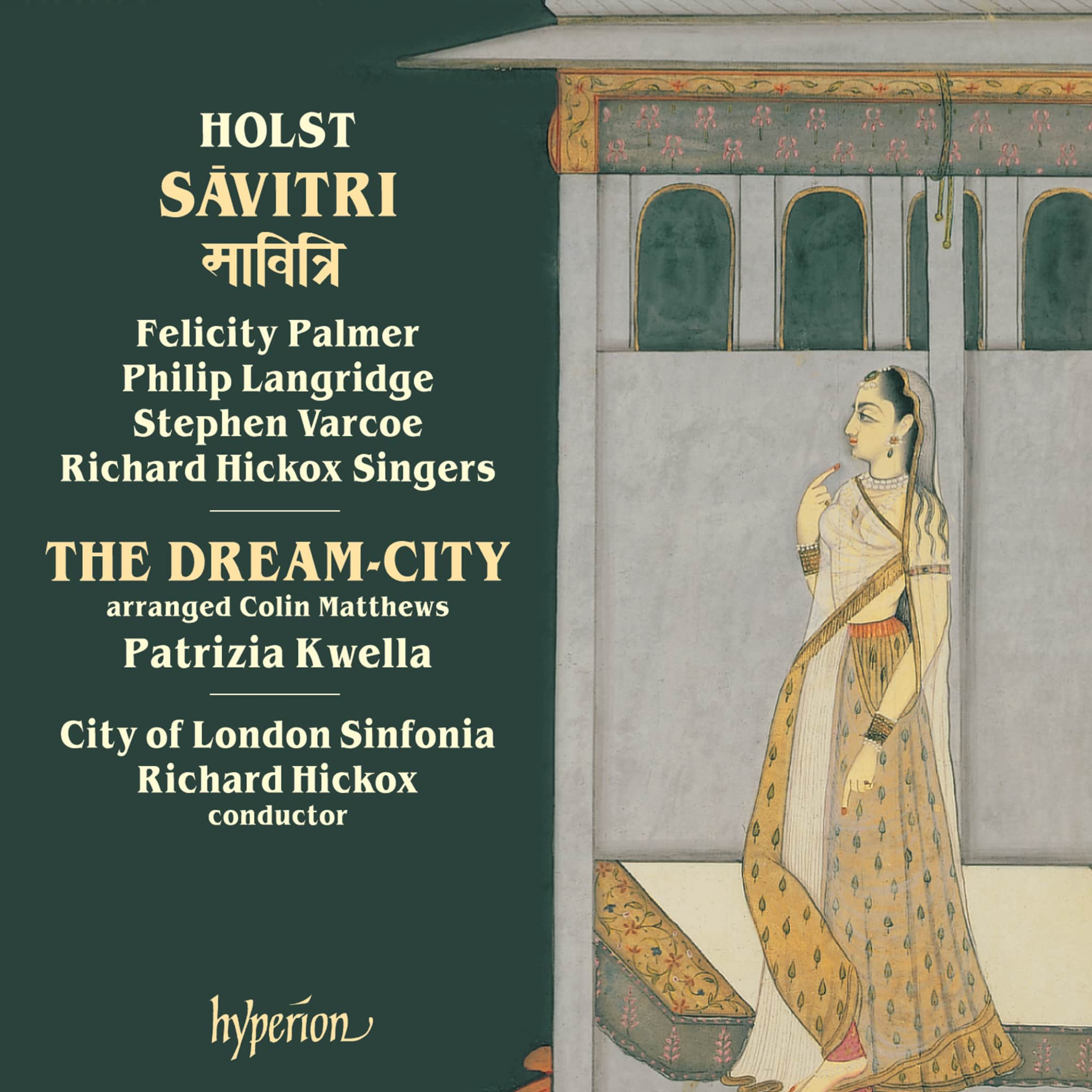Album insights
Saint-Saëns' lebenslange Bindung zur Violine entwickelte sich eher zufällig, durch freundschaftliche Beziehungen angeregt. Seine Kompositionen für dieses Instrument sind persönlicher und weniger ambitioniert als andere Werke. Bereits in seiner Jugend kollaborierte er mit dem Geiger Achille Dien. Ihre gemeinsame Begeisterung für Weber spiegelt sich in der Oberon-Fantaisie wider. Früh zeigte sich Saint-Saëns' humorvolle Ader, obwohl sein reifer Kompositionsstil noch nicht vollständig ausgeprägt war. Das Allegro de concert für Violine und Klavier entstand aus seiner Bewunderung für Chopin und wurde für seinen Freund Ysaÿe komponiert. Das Caprice brillant verdeutlicht die gleichwertige Beziehung zwischen Klavier und Geige. In seinen Adaptionen der Nocturnes für Violine und Klavier verschmelzen beide Instrumente zu einem harmonischen Ganzen. Mit Sarasate als Quelle der Inspiration komponierte er Stücke wie das Doppelkonzert La muse et le poète. Seine Bearbeitungen von Chopins Werken reflektieren Ysaÿes technische Virtuosität und stellten sowohl für den Geiger als auch den Pianisten eine Herausforderung dar. Ysaÿes kreative Bearbeitungen von Chopins Kompositionen beinhalten komplexe physische Anforderungen und demonstrieren seine künstlerische Interpretationsfähigkeit. Seine Adaptation von Chopins Ballade Nr. 1 in g-Moll zeigt meisterhafte Interpretation und künstlerische Freiheit. Obwohl nicht veröffentlicht, inspirierten Ysaÿes Bearbeitungen weitere Werke wie seine dritte Sonate für Solovioline. Saint-Saëns' L'air de la pendule, mit einer interessanten Anekdote vom belgischen Königshaus verbunden, demonstriert seinen Humor und seine Verbindung zur Violine. Die Fantaisie op. 124 für Violine und Harfe, den Schwestern Marianne und Clara Eisler gewidmet und mit einem spanischen Ostinato versehen, zeigt Saint-Saëns' metaphorischen Stil auf dem Höhepunkt seiner Schaffenskraft. Sein Bestreben nach einer "neuen französischen Musik" findet sich in den Werken von Fauré, Ravel und Debussy wieder, während spanische Einflüsse auch dort mitschwingen.








